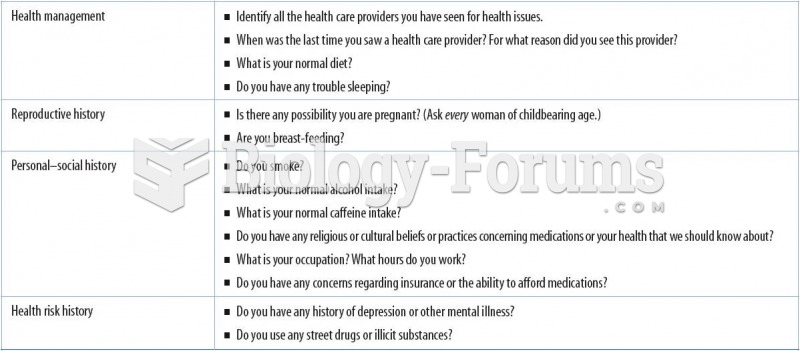A home health nurse is planning care for an adult client being discharged from the hospital after experiencing complications of diabetes mellitus. The client requires an extensive dressing change twice a day, help with activities of daily living, and comp
The nurse is coordinating home visits from aides and therapists. Which role is the nurse assuming by coordinating this client's care?
A) Health educator
B) Case manager
C) Collaborator
D) Health promoter
Question 2
The nurse manager is evaluating behaviors of nurses caring for clients with terminal cancer using Watson's Carative Factor to Clinical Caritas Processes chart.
Which behavior is being demonstrated when a nurse encourages a dying client to not give up?
Carative Factor to Clinical Caritas Processes
CARATIVE FACTOR
CLINICAL CARITAS PROCESSES
Forming a humanistic-altruistic system of values
Practice of loving-kindness and equanimity within context of caring consciousness
Enabling and sustaining faith-hope
Being authentically present and enabling and sustaining the deep belief system and subjective life world of self and one-being-cared-for
Being sensitive to self and others
Cultivation of one's own spiritual practice and transpersonal self, going beyond ego self
Developing a help-trusting, caring relationship (seeking transpersonal connections)
Developing and sustaining helping-trusting, authentic caring relationship
Promoting and accepting the expression of positive and negative feelings and emotions
Being present to, and supportive of, the expression of positive and negative feelings as a connection with deeper spirit of self and the one-being-cared-for
Engaging in creative, individualized problem-solving caring processes
Creative use of self and all ways of knowing a part of the caring process, to engage in artistry of caring-healing practices
Promoting transpersonal teaching-learning
Engaging in genuine teaching-learning experience that attends to unity of being and meaning, attempting to stay within others' frame of reference
Attending to supportive, protective, and/or corrective mental, physical, societal, and spiritual environments
Creating healing environment at all levels, (physical as well as nonphysical), subtle environment of energy and consciousness, whereby wholeness, beauty, comfort, dignity, and peace are potentiated
Assisting with gratification of basic human needs while preserving human dignity and wholeness
Assisting with basic needs, with an intentional caring consciousness, administering human care essential, which potentiate alignment of mind/body/spirit, wholeness, and unity of being in all aspects of care; tending to both embodied spirit and evolving spiritual emergence
Allowing for, and being open to, existential- phenomenological and spiritual dimensions of caring and healing that cannot be fully explained scientifically through modern Western medicine
Opening and attending to spiritual-mysterious and existential dimensions of one's own life-death; should care for self and the one-being-cared-for
Source: Julia B. George (2011). Nursing theories: The base for professional nursing practice, 6th ed., Box 18-2.
Upper Saddle River, NJ: Prentice Hall.
A) Forming a humanistic-altruistic system of values
B) Enabling and sustaining faith-hope
C) Promoting and accepting the expression of positive and negative feelings and emotions
D) Promoting transpersonal teaching-learning





